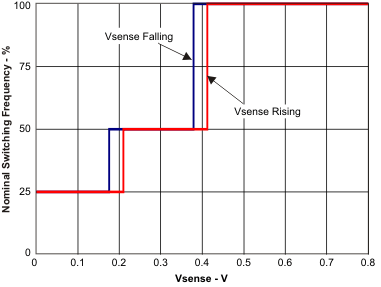ZHCSBE6E August 2013 – May 2019 TPS54618-Q1
PRODUCTION DATA.
- 1 特性
- 2 应用
- 3 说明
- 4 修订历史记录
- 5 Pin Configuration and Functions
- 6 Specifications
-
7 Detailed Description
- 7.1 Overview
- 7.2 Functional Block Diagram
- 7.3
Feature Description
- 7.3.1 Fixed Frequency PWM Control
- 7.3.2 Slope Compensation and Output Current
- 7.3.3 Bootstrap Voltage (Boot) and Low Dropout Operation
- 7.3.4 Error Amplifier
- 7.3.5 Voltage Reference
- 7.3.6 Adjusting the Output Voltage
- 7.3.7 Enable and Adjusting Undervoltage Lockout
- 7.3.8 Soft-Start Pin
- 7.3.9 Sequencing
- 7.3.10 Constant Switching Frequency and Timing Resistor (RT/CLK Pin)
- 7.3.11 Overcurrent Protection
- 7.3.12 Frequency Shift
- 7.3.13 Reverse Overcurrent Protection
- 7.3.14 Synchronize Using the RT/CLK Pin
- 7.3.15 Power Good (PWRGD Pin)
- 7.3.16 Overvoltage Transient Protection
- 7.3.17 Thermal Shutdown
- 7.4 Device Functional Modes
-
8 Application and Implementation
- 8.1 Application Information
- 8.2
Typical Application
- 8.2.1 Design Requirements
- 8.2.2
Detailed Design Procedure
- 8.2.2.1 Custom Design With WEBENCH® Tools
- 8.2.2.2 Step One: Select the Switching Frequency
- 8.2.2.3 Step Two: Select the Output Inductor
- 8.2.2.4 Step Three: Choose the Output Capacitor
- 8.2.2.5 Step Four: Select the Input Capacitor
- 8.2.2.6 Step Five: Choose the Soft-Start Capacitor
- 8.2.2.7 Step Six: Select the Bootstrap Capacitor
- 8.2.2.8 Step Eight: Select Output Voltage and Feedback Resistors
- 8.2.2.9 Step Nine: Select Loop Compensation Components
- 8.2.3 Application Curves
- 9 Power Supply Recommendations
- 10Layout
- 11器件和文档支持
- 12机械、封装和可订购信息
6.7 Typical Characteristics
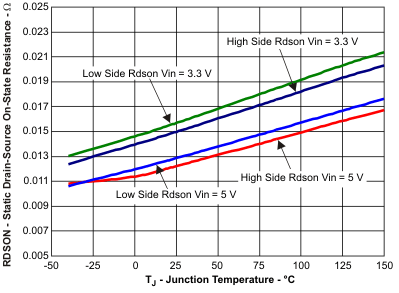 Figure 1. High-Side and Low-Side ON-Resistance
Figure 1. High-Side and Low-Side ON-Resistance
vs Junction Temperature
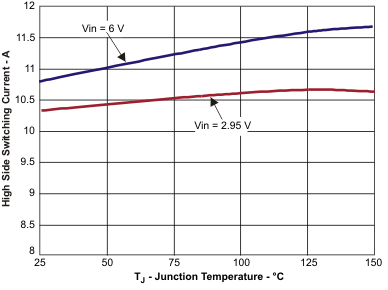 Figure 3. High-Side Current Limit vs Junction Temperature
Figure 3. High-Side Current Limit vs Junction Temperature 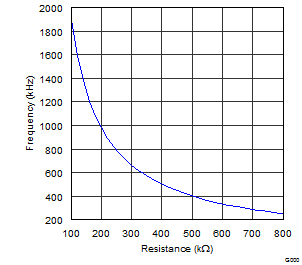 Figure 5. Switching Frequency vs RT Resistance
Figure 5. Switching Frequency vs RT Resistance
Low Frequency Range
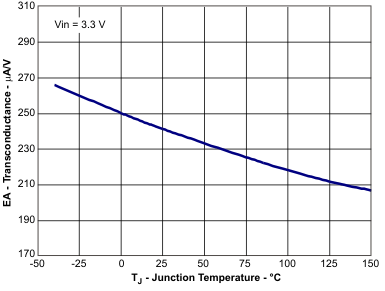 Figure 7. Transconductance vs Junction Temperature
Figure 7. Transconductance vs Junction Temperature 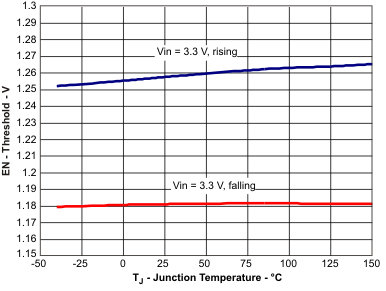 Figure 9. Enable Pin Voltage vs Junction Temperature
Figure 9. Enable Pin Voltage vs Junction Temperature 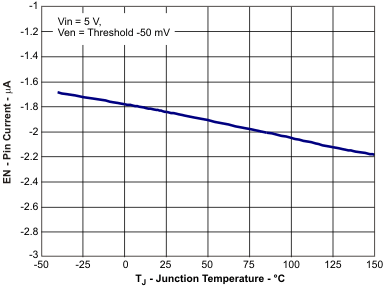 Figure 11. EN Pin Current vs Junction Temperature
Figure 11. EN Pin Current vs Junction Temperature 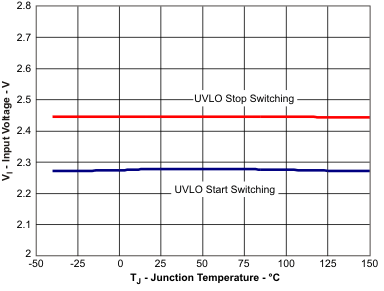 Figure 13. Input Voltage vs Junction Temperature
Figure 13. Input Voltage vs Junction Temperature 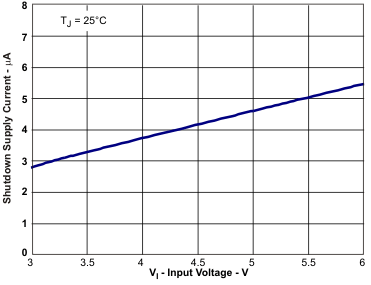 Figure 15. Shutdown Supply Current vs Input Voltage
Figure 15. Shutdown Supply Current vs Input Voltage 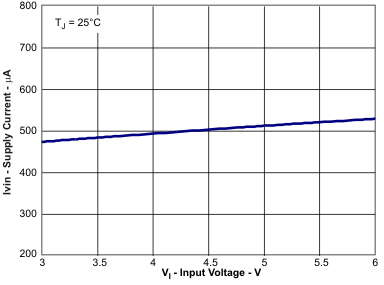 Figure 17. Supply Current vs Input Voltage
Figure 17. Supply Current vs Input Voltage 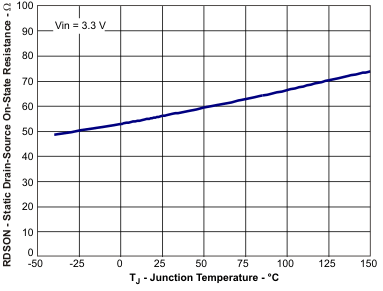 Figure 19. PWRGD ON-Resistance
Figure 19. PWRGD ON-Resistance
vs Junction Temperature
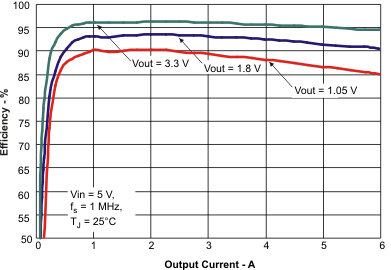 Figure 21. Efficiency vs Load Current
Figure 21. Efficiency vs Load Current 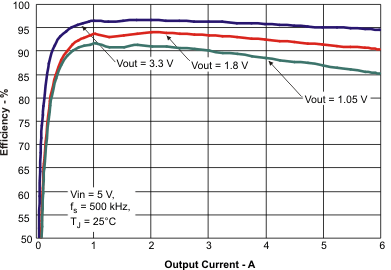 Figure 23. Efficiency vs Load Current
Figure 23. Efficiency vs Load Current 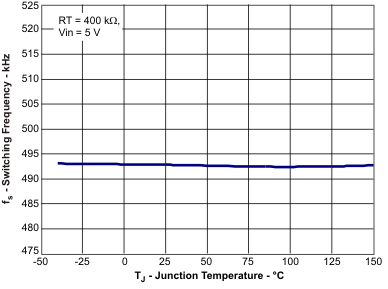 Figure 2. Switching Frequency vs Junction Temperature
Figure 2. Switching Frequency vs Junction Temperature 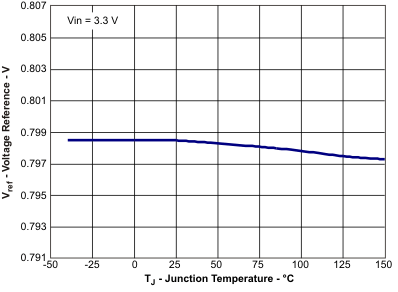 Figure 4. Voltage Reference vs Junction Temperature
Figure 4. Voltage Reference vs Junction Temperature 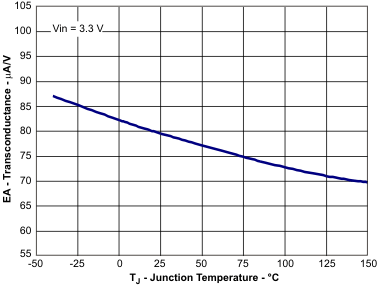 Figure 8. Transconductance (Soft-Start)
Figure 8. Transconductance (Soft-Start)
vs Junction Temperature
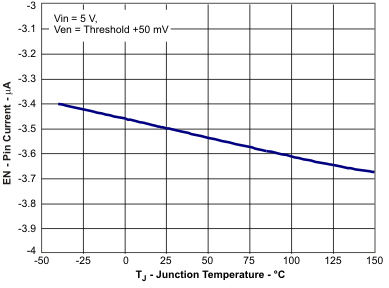 Figure 10. EN Pin Current vs Junction Temperature
Figure 10. EN Pin Current vs Junction Temperature 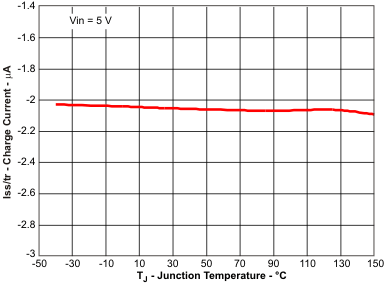 Figure 12. Charge Current vs Junction Temperature
Figure 12. Charge Current vs Junction Temperature 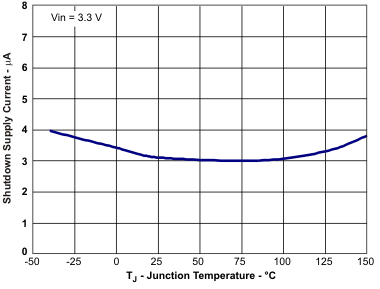 Figure 14. Shutdown Supply Current
Figure 14. Shutdown Supply Current
vs Junction Temperature
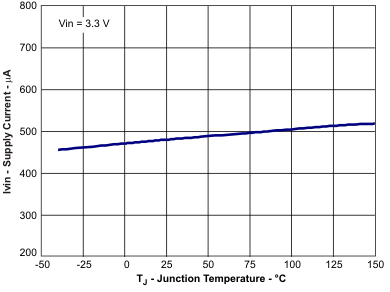 Figure 16. Supply Current vs Junction Temperature
Figure 16. Supply Current vs Junction Temperature 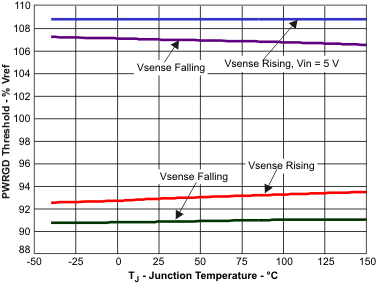 Figure 18. PWRGD Threshold vs Junction Temperature
Figure 18. PWRGD Threshold vs Junction Temperature 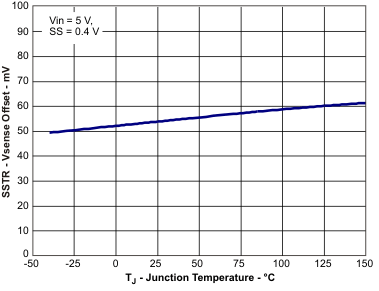 Figure 20. SS/TR to VSENSE Offset
Figure 20. SS/TR to VSENSE Offset
vs Junction Temperature
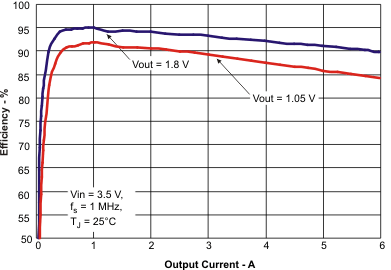 Figure 22. Efficiency vs Load Current
Figure 22. Efficiency vs Load Current 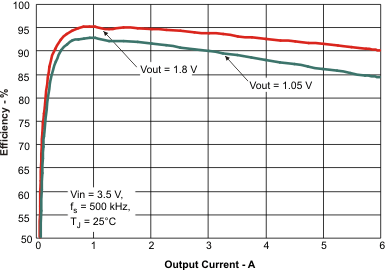 Figure 24. Efficiency vs Load Current
Figure 24. Efficiency vs Load Current 